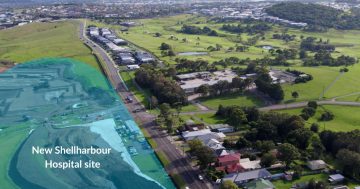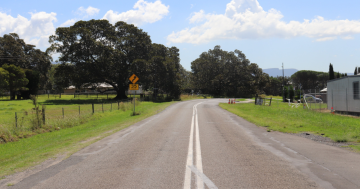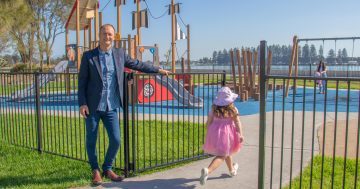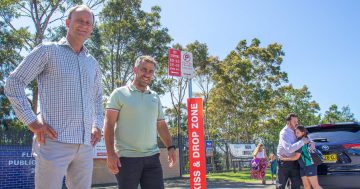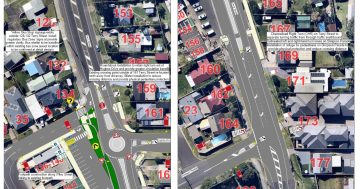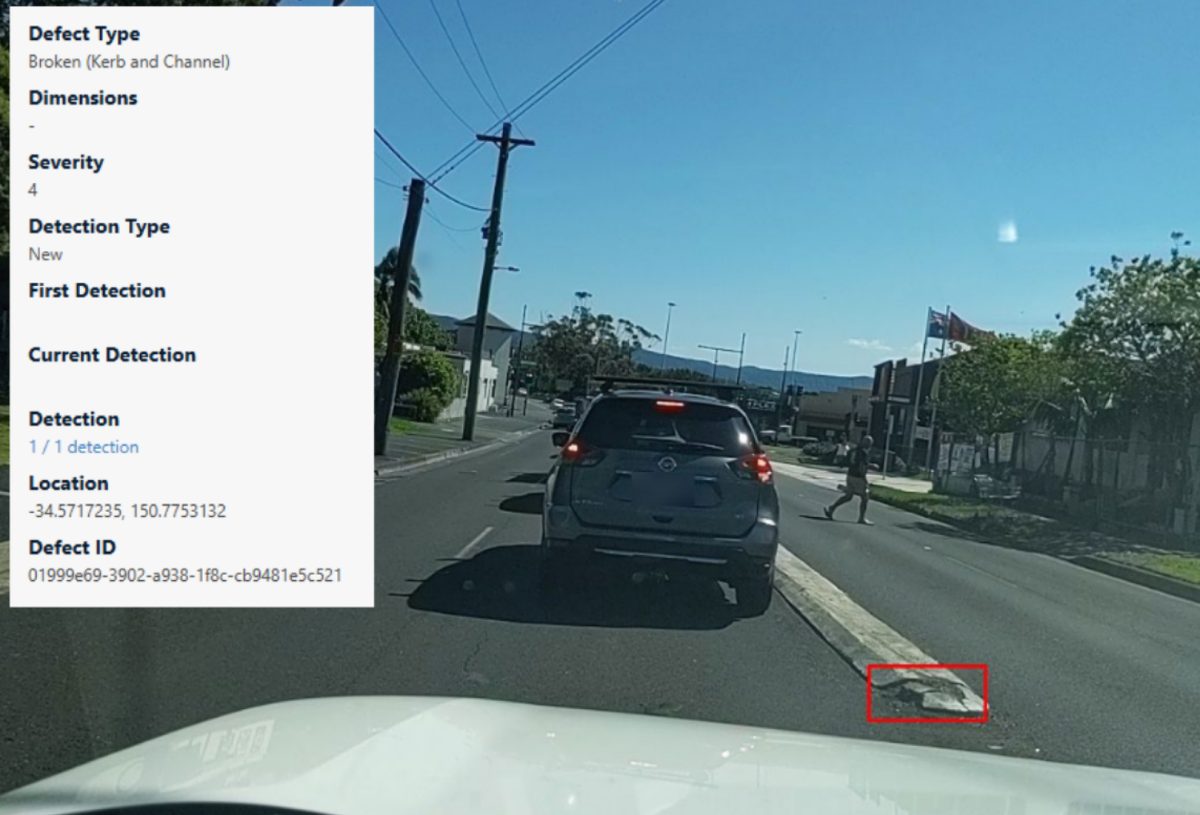
A view of the AI defect detection system and some of the included data. Photo: Shellharbour City Council.
Artificial intelligence has been used on roads to pinpoint irresponsible behaviour like using mobile phones while driving, but now Shelharbour City Council has turned to the advanced technology to combat another challenge – road maintenance.
The council is using artificial intelligence (AI) to keep a closer eye on its roads and footpaths, rolling out smart cameras that automatically detect potholes, overgrown vegetation and other defects in real time — all while council vehicles are on the move.
The AI-powered camera system will enable the council to rapidly identify these defects in roads and footpaths, helping reduce risk and improve maintenance efficiency.
A specialised smart camera front-mounted to council vehicles will capture images of roads, pathways and related infrastructure while driving within the Shellharbour Local Government Area (LGA) to create a comprehensive defect database.
Its AI system automatically identifies a wide range of defects such as potholes, cracks, uneven surfaces, litter, overhanging vegetation and branches, and roadkill.
Other maintenance issues, such as faded line marking, damaged signage and graffiti, can also be detected.
Within this database is information such as photographic evidence mapped with GPS locations, and all defects are rated on a scale of severity to help prioritise maintenance work.
Shellharbour City Council Mayor Chris Homer said it will be of huge benefit in boosting safety, better managing what was happening on roads in the area and saving money.
“The technology involved in this system is incredible and is already showing great promise for increasing community safety and efficiency for our work crews,” Cr Homer said.
“We’re able to identify hazards, triage them and better forward plan works.
“It also has the potential to reduce reactive maintenance and help lower repair costs over time.”
It also means the council won’t need someone to manually inspect every item in the municipality.
Cr Homer said the council still encouraged the community to report any concerns they had with public infrastructure so they could be considered in maintenance programs.
Council plans to add a second camera before the end of 2025.
This additional camera will help to survey the 500-km road network and 300 km of pathways faster.
Central Coast Council in NSW also announced this month that it would be using the technology as part of an upcoming trial.
Road maintenance reports can be made via the council website.










